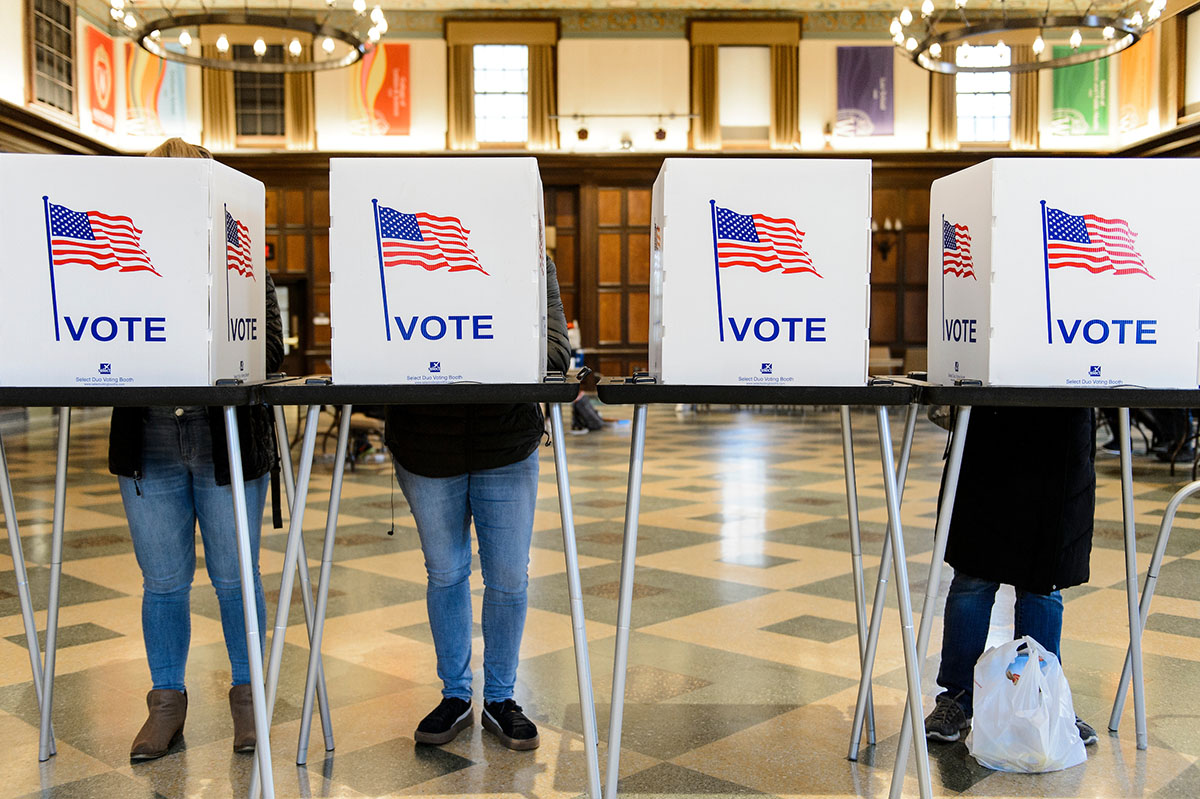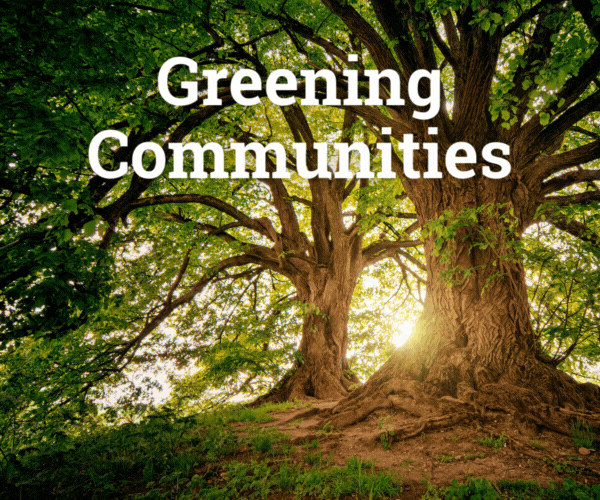As the U.S. grows more diverse, so do its voters.
At a Dec. 8 Ethnic Media Services briefing, experts discussed who these new ethnic voters are, what motivates them, and how their affiliations compare to their white counterparts.
AAPI party preference
“When it comes to candidates, voters’ party identification shapes their opinions on issues more than the other way around,” said Karthick Ramakrishnan, public policy professor at UC Riverside, AAPI Data founder and California 100 co-founder.
“For example,” he continued, “no matter your opinions on taxes or environmental protection, your Republican, Democratic or Independent identity will likely shape them over time.”
Among AAPI voters, he found that Vietnamese Americans tend to identify as most strongly Republican, while Japanese and Indian Americans tend to identify as most strongly Democratic. “So it’s interesting that Indian Americans like Vivek Ramaswamy and Nikki Haley have risen to such prominence in Republican leadership, far from Indian American voter opinion,” he noted.
Nevertheless, Ramakrishnan added, the 2016 election and the subsequent four years caused a divergence in these trends, with both Indian and Chinese Americans moving toward the Republican party under President Trump.
Latino Voters are younger
Latinos are the country’s fastest-growing racial and ethnic group in our electorate. Against common views of new Latino voters as older adults newly naturalized, U.S.-born-and-raised Latinos “are the ones truly changing America’s political landscape” with each election, said Claudia Sandoval, assistant professor of political science and international relations at Loyola Marymount University.
22% of Latinos eligible to vote in next year’s presidential election are new voters who have recently become eligible to vote. 38% of the Latino electorate is new to the political sphere since 2016. Compared to the median age of 50 for all eligible U.S. voters, the median age of eligible Latino voters is 39.
In this electorate, she continued, gender gaps exist: while Latinos as a whole lean leftward, Latino men are more likely than Latino women to support Republican candidates — diverging respectively as much as 48% and 24% in Nevada.
These numbers, however, don’t necessarily mark a rightward exodus: over 35% of Latinos voted Republican in 2000, while 40% did in 2004 — much due, Sandoval suggested, to “George W. Bush’s bipartisan positions on immigration reform. And while former President Donald Trump isn’t seen as a supporter of progressive immigration reform, voters do tend to see him as an independent from the Republican Party, which is quite partisan now.”
“These numbers show us the complicated nature of Latino political preferences, attitudes, and political identification,” she added. “While only 4% of young Latino voters now believe that the Democratic Party is hostile to the Latino community, 37% of those voters believe that the Democratic Party doesn’t necessarily care about the Latino community. While 22% believe that the Republican Party is hostile to the Latino community, a third of young Latino voters believe the Republican Party cares a great deal about Latinos.”
Black voter participation
Party affiliation likewise motivates the question of Black voter participation, said Jamil Scott, assistant professor of government at Georgetown University: “In 2024, I think we’re facing less of a question of whether Black voters will change their partisanship, and more of a question of how many Black voters will show up on Election Day at all.”
“There’s an excitement issue here,” she continued: “What has Biden done? He hasn’t kept his promises to Black voters on issues like student loan forgiveness and voting rights. And although he’s created record low unemployment among black Americans; new opportunities for small businesses; appointed many Black judges including Supreme Court Justice Ketanji Jackson, many of these things which are visible are not necessarily tangible.”
Black voters “can’t hang their hat on legislation like they can on loan burdens and rising costs of goods due to inflation,” Scott continued. “People are pocketbook voters. While Black people are largely not going to change their partisanship, many may wonder whether to show for their party at all if the state of their pocketbooks is not giving them a compelling reason to, especially given challenges to voting like longer wait times in communities of color.”
For Black voters — particularly those younger and more liberal-leaning — “there’s dissatisfaction more broadly with the Democratic Party’s ‘hold-your-nose-and-vote’ offerings. The question for Black voters in 2024 is not how differently they vote but whether they see it as a moment in which they need to show up for democracy, or whether they’re tired of showing up again and again, and not seeing the policy benefits that they want to see,” she said.
Gen Z voters of color
45% of the 40 million members of Gen Z eligible to vote in 2024 will be people of color, including 8.8 million Latinos, 5.7 million Black youth, 1.7 million Asian Americans and 1.8 million multiracial youth.
As a more racially and ethnically diverse generation than any other before, this voting bloc is nevertheless “characterized by our left-leaning political unity,” said Jessica Siles, deputy press secretary of the Gen Z political advocacy nonprofit Voters of Tomorrow. “We’ve been marching in the streets for change, and our political activity owes to our shared experiences growing up — especially when it comes to gun violence and climate change.”
In 2022, for instance, youth voted Democrat for the House of Representatives by a 28-point margin over Republican voters.
“Many people like to point to low youth voter turnout. However, although you may see a low percentage of Gen Z voting, it’s on the rise. In 2022, the first midterm election where this generation comprised the entire 18 to 22 age cohort, Gen Z voted at 28.4% — a higher rate than Millennials, Gen X and Boomers did” in their respective generations’ first midterm elections, Siles explained, the next-highest rate being the 23.5% of Gen Xers who voted in 1990.
Gen Z is emblematic of America’s new ethnic voters wholly in that “it’s not that young people are just very loyal to the Democratic Party,” she added. “It’s that we continue to vote on the behalf of a few core issues we most care about, number one being the economy. As voters, we’re workers and taxpayers concerned about our ability to find a good job or pay for a house. The future of these voting blocs depends on who can best engage them on these issues.”





